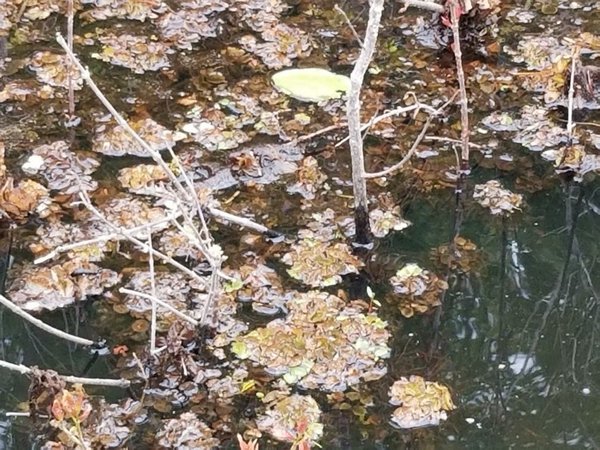


⢠Arterial hypertension, cardiovascular disease or obesity were associated with severe COVID-19. In Oklahoma: As of 2021, Giant Salvinia has not been reported in Oklahoma, but there are records in Texas, Louisiana, and Arkansas, including counties adjacent to Oklahoma. ⢠Outcomes of COVID-19 improved as the COVID-19 pandemic, prevention and treatment options evolved. Key Points ⢠Treatment with leflunomide or low doses of glucocorticoids were not associated with worse COVID-19 outcome. Treatment with leflunomide or low doses of glucocorticoids were not associated with severe course in our cohort. CONCLUSION: More than a fifth of our GCA patients had severe COVID-19. There were no significant differences in sex, age, GCA type, GCA disease duration and other comorbidities in patients with mild and severe COVID-19 in our cohort. Neither prednisolone dose 1-5 mg/day (p = 0.483) nor leflunomide use (p = 1.000) was associated with COVID-19 course. 25 p = 0.022), cardiovascular disease (7 vs. Patients with severe COVID-19 were more likely to have arterial hypertension (12 vs. We observed 44 (77.2%) mild and 13 (22.8%) severe COVID-19 episodes (the latter defined as needing hospitalization, death or thrombotic complication). Of the remaining 265 patients, 55 (20.8%) patients suffered from a total of 57 SARS-CoV-2 infections.
/cloudfront-us-east-1.images.arcpublishing.com/gray/KZ5K5FIHRJH5FLOC4JEZ4CNJMM.jpg)
RESULTS: Of 314 patients with GCA diagnosed for the first time during a 102-month period, 49 patients died before March 2020. Descriptive statistics were used to explore the studied population. METHODS: We reviewed medical records of histologically and/or by imaging-proven GCA patients diagnosed between September 2011 and February 2020 at our secondary/tertiary centre and followed during the COVID-19 pandemic between March 2020 and February 2022 (24 months). We aimed to evaluate the frequency and severity of COVID-19 in a well-defined GCA cohort. In a recent study, older age, a higher number of comorbidities, higher disease activity and prednisolone ≥ 10 mg/day were associated with worse COVID-19 outcome. Please see the current Distribution map for specific locations, or the map below which shows counties in Florida where this troublesome weed has been reported.ABSTRACT OBJECTIVES: Patients with giant cell arteritis (GCA) represent a fragile population with an increased infection risk. It has been located as far west in the Panhandle of Florida as Pensacola. It is on the “ 100 of the worlds worst invasive species list,”as of 2013. It was one of the featured plants discussed during the National Invasive Species Awareness Week in 2016. “ Giant Salvinia”, salvinia molesta, showed up in various locations in Northwest Florida seven to ten years ago. That has not happened yet in Florida and we certainly do not want it to.” We have watched what this weed has done in places like Texas and Louisiana where it has devastated lake after lake, completely covering them with it’s very rapid growth. Stephen Enloe, UF/IFAS Center for Aquatic and Invasive Plant s, “ This weed has demonstrated it’s ability to be extremely problematic. It is a floating aquatic fern that prefers slow moving, fertile, warm, freshwater. Giant Salvina is native to southeastern Brazil and northern Argentina. Credit: Vic Ramey, UF/IFAS Center for Aquatic and Invasive Plants


 0 kommentar(er)
0 kommentar(er)
